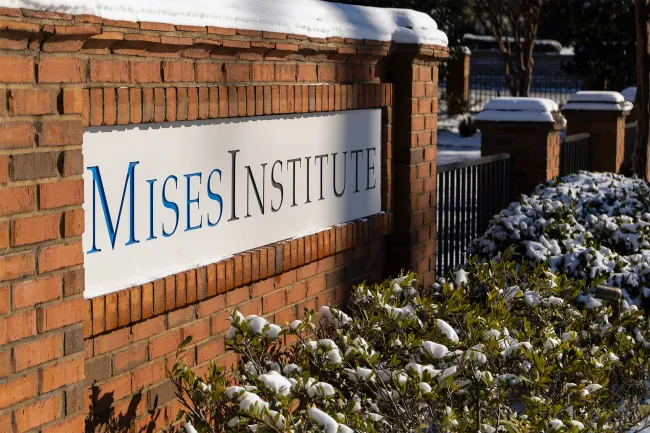Low Price Inflation Means the Fed Will Retreat to Low Rates and Easy Money
Given that Fed policymakers are of the view that a decline in the annual growth of prices is bad for the economy they are most likely to embark on very easy monetary policy in near future.









